Finding missing people with TB in Kenya: Introducing New Tools Project (iNTP)
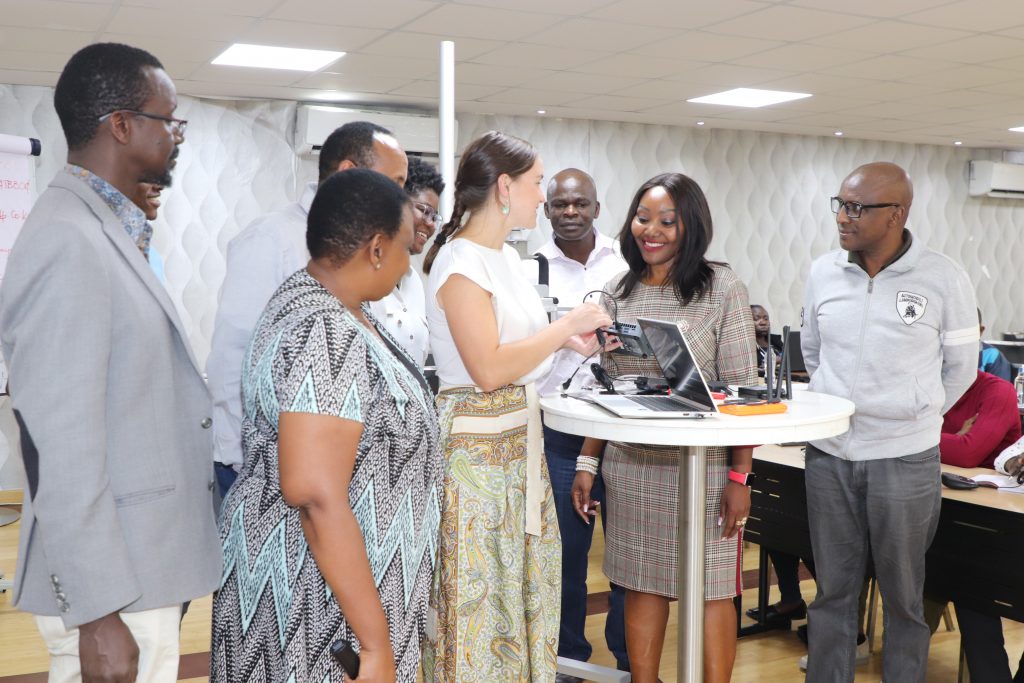
The introducing New Tools Project (iNTP) is a collaboration between the Stop TB Partnership and the United States Agency for International Development (USAID) to roll out a package of the latest innovations in diagnostics, treatments and digital health technologies. It is aimed to strengthen TB care in high burden countries. The Project supports countries in reaching 2022 targets for the detection and treatment of TB, drug-resistant TB and TB infection set by the 2018 UN High-Level Meeting on TB.
The iNTP package of new tools includes ultra-portable digital chest X-ray machines with Computer-aided detection software (CAD), portable diagnostic machines and adherence tools to benefit TB patients, as well as short-course medicines for TB prevention for adults and children. Kenya is one of the countries that is a beneficiary of the iNTP.
The Kenya National Tuberculosis, Leprosy and Lung Disease Program (NTLD-Program) in collaboration with USAID funded Tuberculosis Accelerated Response and Care (TB ARC II) is capacity building 80 county, sub-county and facility health workers from seven counties and prisons on the use of ultra-portable digital Chest X-ray machines and Computer-aided detection software (CAD). The country has acquired eight new ultra-portable digital Chest X-ray machines with CAD for TB screening and triaging and Truenat machines. This is in an effort to find the missing people with TB comprising of 40% in the country. Technological advancements in digital radiography have brought preventive care to a new level.
One major benefit of the machines is portability hence improving access to TB screening and diagnosis at lower-level health facilities and at the community level. Portable radiology devices are characterized with reduced exposure to radiation and cost-effectiveness thus being user friendly. This patient-centred provision of free services is likely to reduce the time to diagnosis, reduce the number of tests needed to diagnose a TB patient as well as reducing the catastrophic cost incurred due to diagnosis.
According to Dr. Stephen Macharia, senior technical advisor to NTP, the machines will help patients access services that were hindered by availability and cost for chest X-ray.
“The portable X-ray devices have easy mobility and the technologists will be able to move them around quickly,” he observes. “The benefits will contribute to an increased quality of client care and save more lives.”
The equipment will offer less processing speed and eliminate long wait-times for TB clients. It is envisioned that the results will be out within 20 minutes and will be accessed in real-time and sent directly to the clients’ physician. Depending on diagnosis, the initiative will allow immediate diagnosis and start of treatment.
The training which is taking place at the Ole Ken Hotel in Nakuru is supported by USAID TB ARC II and brings together County and Sub County TB and Leprosy Coordinators, County radiographers and radiologists, and facility radiographers, in-charge and nurses. The seven implementing counties include Nairobi (Baraka Medical Centre and Kamiti Prisons), Kitui (Mutomo Sub-county), Meru (Mutuati Sub-county), Turkana (Natukubenyo Health Centre), Kisumu (Pandieri Health Centre), Siaya (Madianyi Sub-county hospital) and Mombasa (Jomvu Model Health Centre). The choice of facilities was to ensure TB at-risk populations for example persons living with HIV, urban slums population, beach community, prisoners and refugees are offered systematic TB screening using ultra-portable digital chest X-rays and CAD.


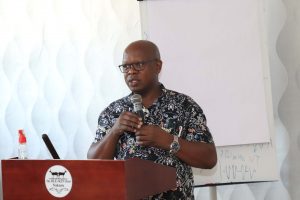
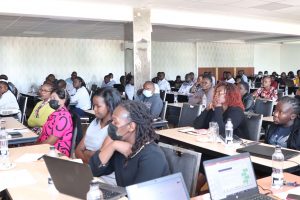
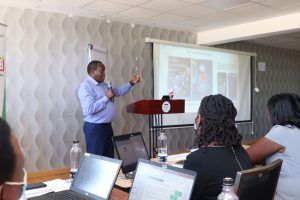
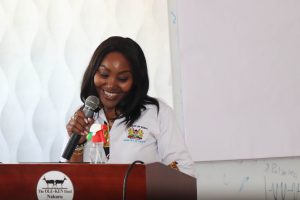
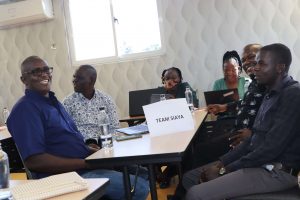
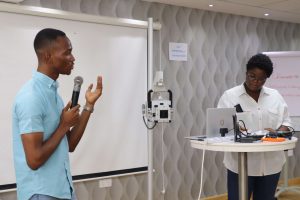
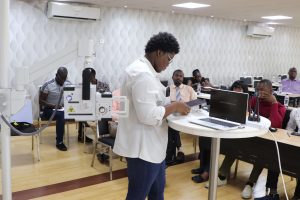
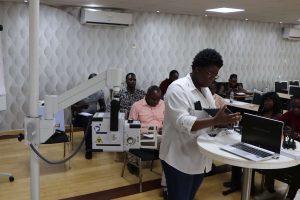
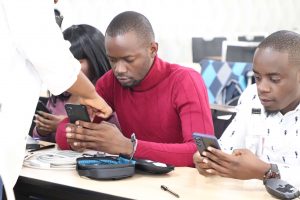
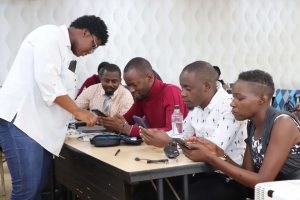
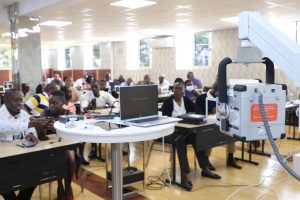
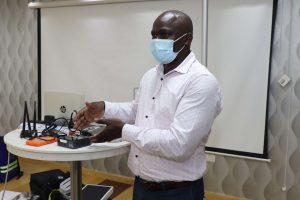
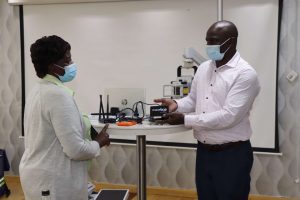
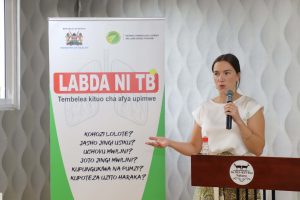
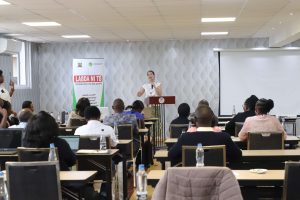
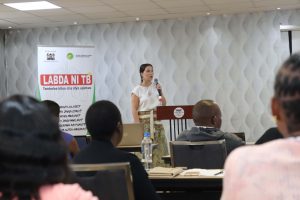
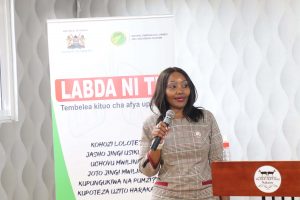
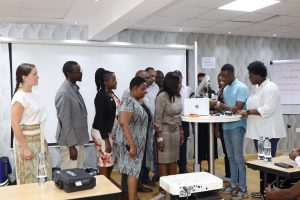
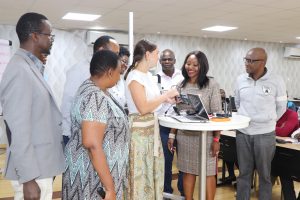
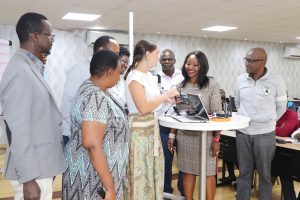
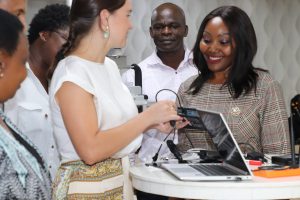

Congulatulation for Diagnostocs innovations
I would like to attend the training if given chance, am from turkana
Huge step towards elimination of TB by 2035
Surely this is a good plan. IAM sure many missing TB patients will be found.